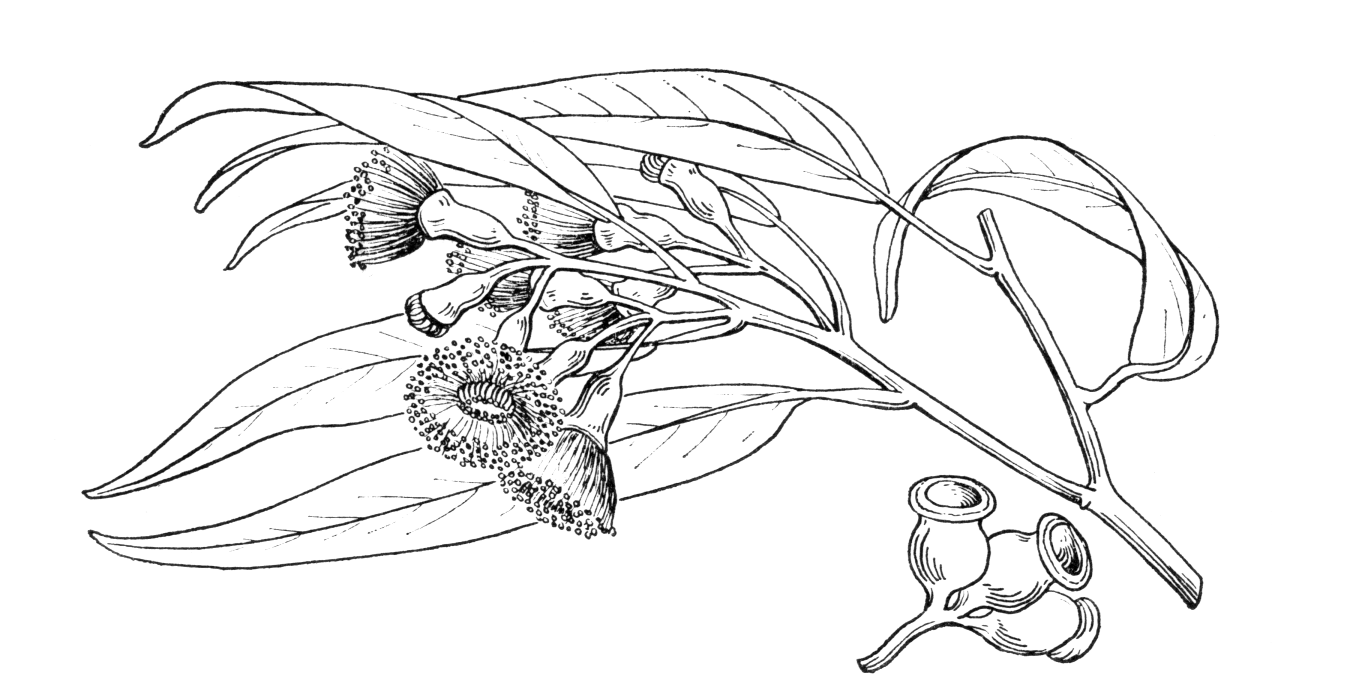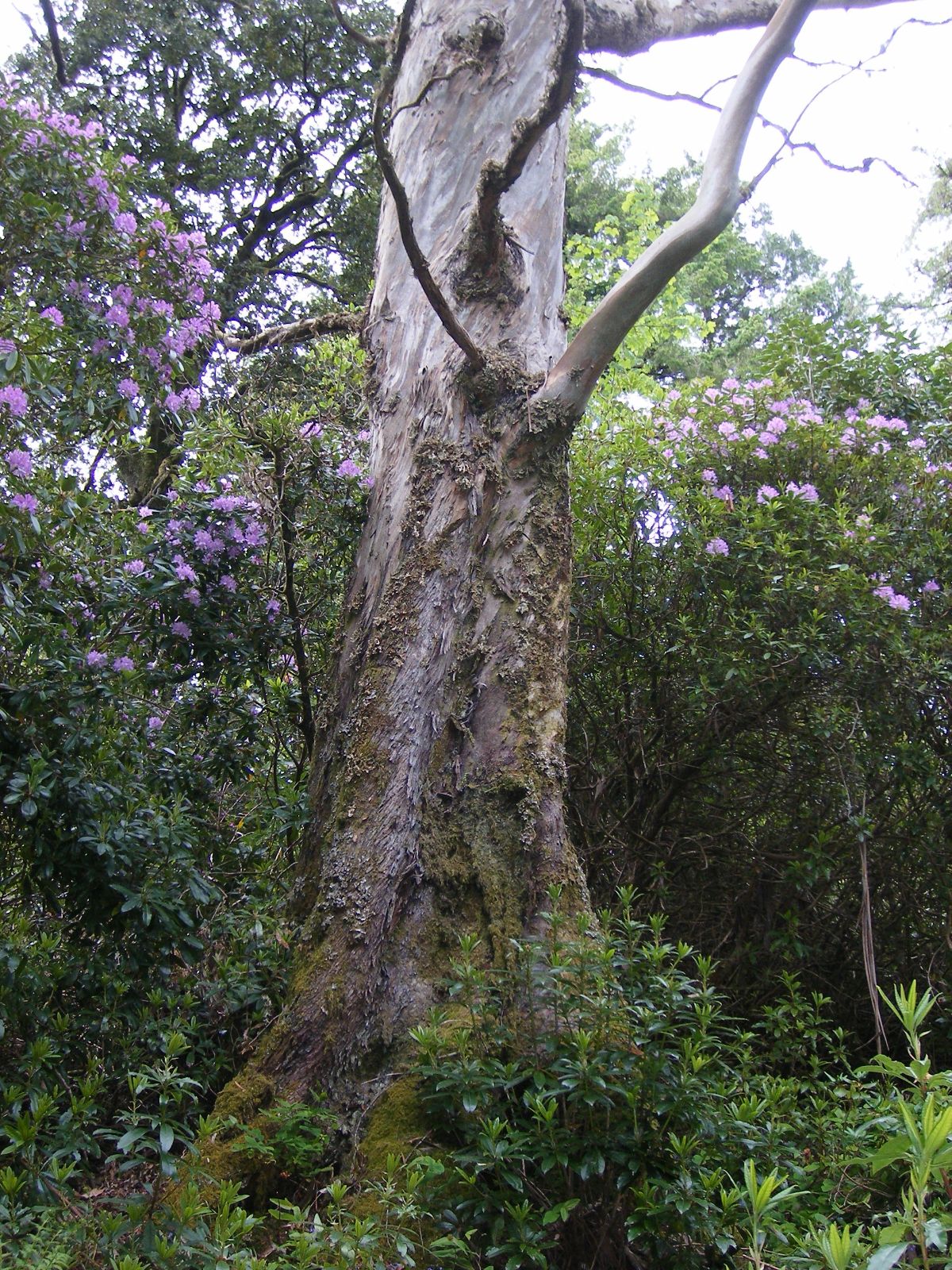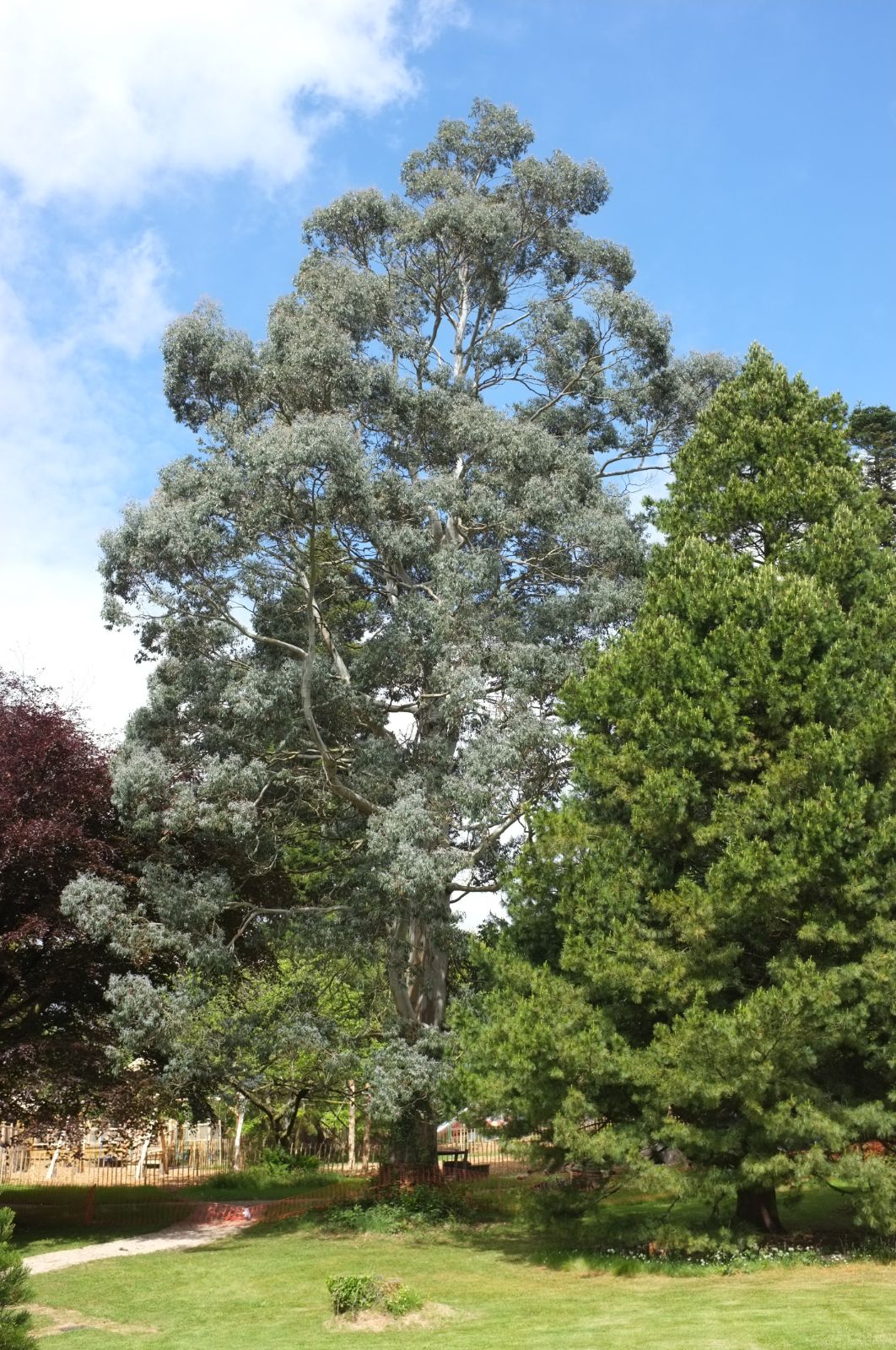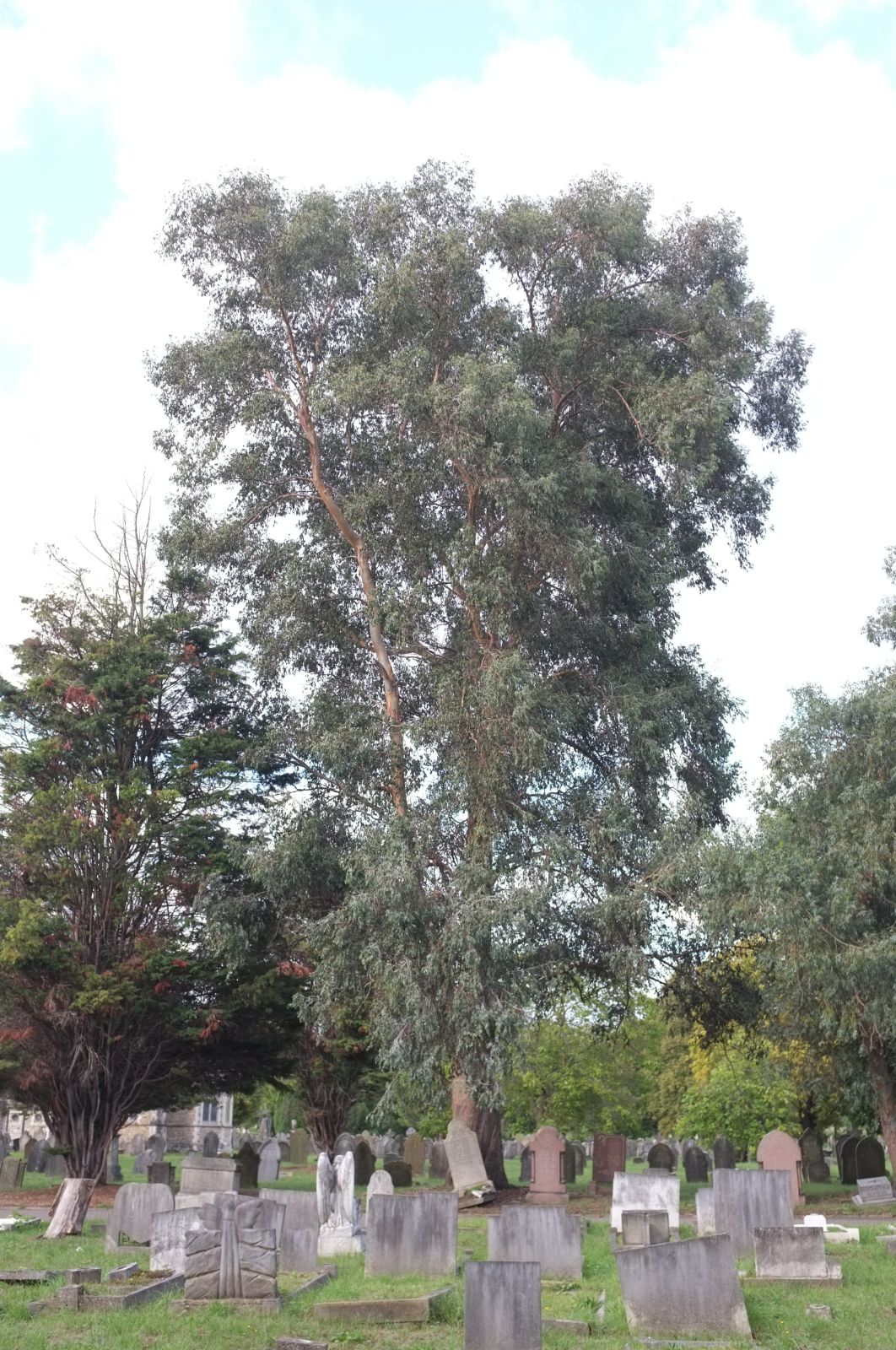Eucalyptus urnigera
Credits
Article from Bean's Trees and Shrubs Hardy in the British Isles
Recommended citation
'Eucalyptus urnigera' from the website Trees and Shrubs Online (treesandshrubsonline.
Genus
Common Names
- Urn Gum
Other taxa in genus
- Eucalyptus acaciiformis
- Eucalyptus albida
- Eucalyptus amygdalina
- Eucalyptus archeri
- Eucalyptus blakelyi
- Eucalyptus bridgesiana
- Eucalyptus brookeriana
- Eucalyptus camaldulensis
- Eucalyptus camphora
- Eucalyptus chapmaniana
- Eucalyptus cinerea
- Eucalyptus coccifera
- Eucalyptus cordata
- Eucalyptus crenulata
- Eucalyptus cypellocarpa
- Eucalyptus dalrympleana
- Eucalyptus delegatensis
- Eucalyptus elliptica
- Eucalyptus fastigata
- Eucalyptus fraxinoides
- Eucalyptus globulus
- Eucalyptus gregsoniana
- Eucalyptus gunnii
- Eucalyptus johnstonii
- Eucalyptus kybeanensis
- Eucalyptus lacrimans
- Eucalyptus laophila
- Eucalyptus leucoxylon
- Eucalyptus macarthurii
- Eucalyptus macrorhyncha
- Eucalyptus mannifera
- Eucalyptus melliodora
- Eucalyptus mitchelliana
- Eucalyptus moorei
- Eucalyptus morrisbyi
- Eucalyptus neglecta
- Eucalyptus nicholii
- Eucalyptus nitens
- Eucalyptus nova-anglica
- Eucalyptus obliqua
- Eucalyptus oreades
- Eucalyptus ovata
- Eucalyptus parvula
- Eucalyptus pauciflora
- Eucalyptus praecox
- Eucalyptus radiata
- Eucalyptus regnans
- Eucalyptus remota
- Eucalyptus risdonii
- Eucalyptus rodwayi
- Eucalyptus rubida
- Eucalyptus saligna
- Eucalyptus sideroxylon
- Eucalyptus stellulata
- Eucalyptus subcrenulata
- Eucalyptus tenuiramis
- Eucalyptus viminalis
A tree usually not more than 50 ft in height, though considerably taller in favoured situations; bark peeling, white to red or brown. Young shoots of juvenile trees warted; leaves orbicular, often notched or with a small mucro at the apex; 1 to 13⁄4 in. wide; adult leaves ovate to lanceolate, 2 to 4 in. long, 3⁄4 to 2 in. wide; tapered or rounded at the base. Flowers three together on a main-stalk up to 1 in. long, the stalk of the individual flowers also distinctly developed and 1⁄4 to 1⁄3 in. long. Calyx-tube urn-shaped, 1⁄4 in. long. Fruit urn- shaped, with the valves deeply enclosed. Bot. Mag., n.s., t. 536.
Native of the mountains of Tasmania at 2,000 to 3,500 ft; introduced before 1860. It is a variable species in the colour of the leaves, which may be green or glaucous. There is also some variability in hardiness, but it is certainly to be reckoned as one of the hardiest species. There were two fine specimens at Crarae Lodge, Argyll, planted in 1907, the taller of which measured 96 × 10 ft. Both were blown down early in 1968. There are also some forty or fifty younger trees in the collection with conspicuously glaucous foliage raised (Sir Ilay Campbell tells us) from two batches of seed collected near Lake Fenton by Dr Martin of Hobart. Plants from this provenance have been distributed from Crarae to many Scottish gardens.
In Ireland the following specimens were recorded in 1966: Mount Usher, Co. Wicklow, Eire, 100 × 8 ft; and in Northern Ireland: Rowallane, Co. Down, 95 × 71⁄4 ft; Castlewellan, Co. Down, 105 × 9 and 102 × 81⁄2 ft.
This species has been confused with E. gunnii to which it is closely allied but from which it is well distinguished by the stalked, urn-shaped fruits on a long common-stalk.
From the Supplement (Vol. V)
specimens: Stonefield, Argyll, 82 × 12 ft (1981); Crarae, Argyll, pl. 1934, 72 × 5 ft and, pl. 1940, 70 × 41⁄2 ft (1976); Kilmun, Argyll, pl. 1951, 80 × 31⁄2 ft and, pl. 1953, 82 × 33⁄4 ft (1978); Castlewellan, Co. Down, 100 × 101⁄4 ft and 110 × 93⁄4 ft (1982).




